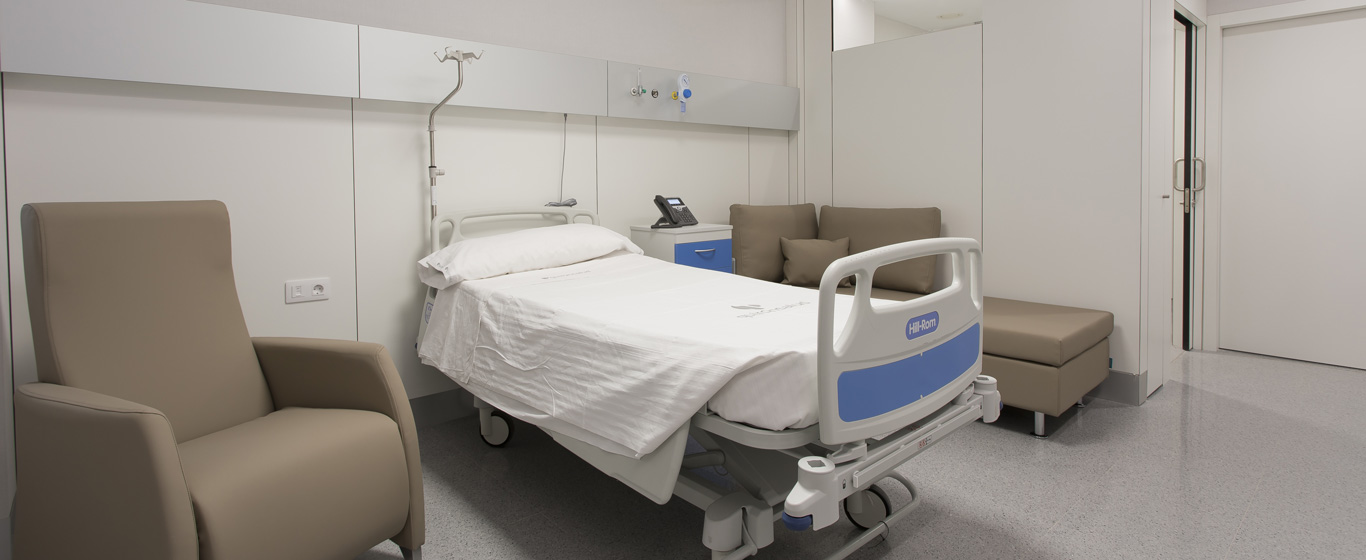Abdominal Ultrasound
An abdominal ultrasound uses ultrasound waves to study the organs within the abdominal cavity and detect malformations or diseases. This diagnostic test is used to examine the liver, intestines, pancreas, spleen, gallbladder, kidneys, bladder, prostate, or uterus.

General Description
An abdominal ultrasound is a non-invasive test used to obtain images of the organs and tissues inside the abdominal region. Ultrasound waves are used to generate an echo when they hit the body’s tissues, and these echoes are converted into images by a computer. This procedure helps diagnose or rule out various diseases and conditions, and it may sometimes guide the specialist during surgical treatments.
In a complete abdominal ultrasound, which usually also includes the pelvic area, the liver, pancreas, spleen, gallbladder, intestines, kidneys, bladder, prostate (in men), ovaries, uterus (in women), and blood vessels supplying the abdominal organs can be seen. Contrary to what many patients believe, it does not include the stomach, whose characteristics are studied using a gastrointestinal tract ultrasound.
One can choose between a conventional ultrasound or a Doppler ultrasound depending on whether the blood flow needs to be observed.
When is it indicated?
An abdominal ultrasound is performed to detect diseases affecting organs in the abdomen and pelvis. It is typically indicated for patients with abdominal pain, kidney infections, inflammation, trauma, or unexplained fever. It is a reliable method for detecting gallstones or kidney stones, ascites, fibroids, and various types of cancer.
It can also be used to monitor the treatment of certain conditions such as benign or cancerous tumors.
How is it performed?
First, the patient lies down on a stretcher, either on their back or side, depending on the needs of the moment. To ensure clear images, a water-based gel is applied to the exposed skin, facilitating sound wave transmission. Then, the transducer (manual probe) is used to emit sound waves and collect the echoes produced when they hit the body’s tissues. The transducer is moved over the abdominal area to examine all the organs that need to be studied.
Risks
Abdominal ultrasound poses no health risks.
What to expect from an abdominal ultrasound
During the procedure, the patient remains lying on a stretcher. It may be necessary to change position or hold one’s breath to allow for better visualization of certain organs.
It is common to feel cold when the gel is applied for the ultrasound, but this sensation is brief. Occasionally, some discomfort may occur when the doctor applies light pressure on a certain area, especially if the bladder is full. However, the procedure is not painful.
Once the procedure is completed, the gel is easily wiped off with a paper or cloth towel without leaving stains on clothes or skin.
Generally, an abdominal ultrasound lasts about 30 minutes and is done on an outpatient basis, meaning there is no need to stay in the hospital before or after the test. The results report is usually explained in a consultation a few days later.
Specialties that request an abdominal ultrasound
The specialties of general surgery and digestive system, gynecology and obstetrics, internal medicine, family and community medicine, urology, pediatrics, and nephrology commonly request this type of test.
How to prepare
It is advisable to wear comfortable clothing that can be easily removed on the day of the test. In some cases, a gown is provided to wear during the procedure.
Depending on the organs to be studied, different preparations are required:
- Liver, spleen, pancreas, or gallbladder ultrasound: fast for at least four hours. Avoid fatty foods the night before.
- Kidney or pelvic ultrasound: fast for four hours and drink half a liter of water (about four to six glasses) to fill the bladder before the test. Avoid urinating for 30 minutes before the test.










































































































